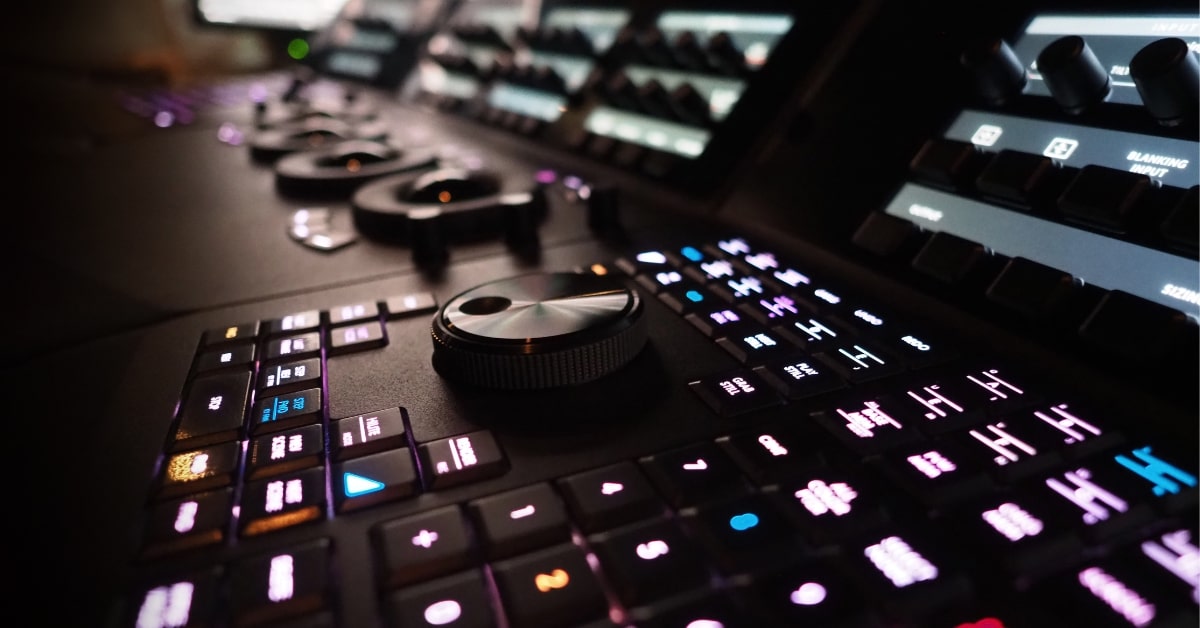In the dynamic realm of digital imagery, achieving accurate and vibrant colors is crucial for creating visually compelling content. This is where color correction tools come into play. In this comprehensive guide, we’ll explore the significance of color correction, the tools that make it possible, and how these tools can transform your images.
Understanding Color Correction
Color correction is the process of adjusting colors in an image to achieve a desired and consistent appearance. It involves fine-tuning factors such as brightness, contrast, saturation, and hue to ensure that the colors accurately represent the intended visual experience.
Importance of Color Accuracy
Color accuracy is vital in various industries, including photography, graphic design, filmmaking, and web development. Correcting colors ensures that the final output reflects the creator’s vision, making images and visuals more appealing and professional.
Types of Color Correction Tools
a. Software-Based Tools: These include popular image editing software like Adobe Photoshop, Lightroom, and GIMP, which offer a range of color correction features.
b. Online Color Correction Tools: Web-based tools like Canva, Pixlr, and Fotor provide accessible platforms for users to perform basic color correction without the need for software installation.
c. Professional Color Grading Software: Tools like DaVinci Resolve and Adobe Premiere Pro cater to filmmakers and video editors, offering advanced color grading capabilities for moving images.
How Color Correction Tools Work?
Color correction tools work by allowing users to manipulate color parameters such as brightness, contrast, saturation, and color balance. Users can make precise adjustments to individual color channels, ensuring a harmonious and accurate representation of colors.
Popular Color Correction Tools
a. Adobe Photoshop: Widely used in graphic design and photography, Photoshop provides extensive color correction features, including adjustment layers and color balance tools.
b. Lightroom: Tailored for photographers, Lightroom offers a user-friendly interface for adjusting color tones, contrast, and saturation.
c. DaVinci Resolve: A professional-grade color grading software primarily used in the film and video industry, DaVinci Resolve provides advanced color correction and grading tools.
Tips for Effective Color Correction
- Use Reference Images: Compare your edited image with a reference image to ensure accurate color representation.
- Calibrate Your Monitor: Regularly calibrate your monitor to maintain consistency in color accuracy.
- Adjust in Layers: Use adjustment layers to make non-destructive edits, allowing you to fine-tune corrections later.
Benefits of Using Color Correction Tools
- Enhanced Visual Appeal: Accurate colors contribute to visually appealing and professional-looking images.
- Consistency Across Platforms: Ensures that colors remain consistent when viewed on different devices and platforms.
- Creative Control: Provides the freedom to enhance or stylize images according to your artistic vision.
Practical Applications of Color Correction
- Photography: Correcting colors in photographs ensures that the captured moments are accurately represented.
- Graphic Design: Essential for creating visually striking graphics, logos, and promotional material.
- Film and Video Production: In video editing, color correction is crucial for maintaining a consistent look and feel throughout a production.
Conclusion
Color correction tools are indispensable for achieving stunning and accurate visuals in various creative fields. Whether you’re a photographer, graphic designer, or filmmaker, understanding and utilizing these tools can significantly enhance the quality of your work. So, explore the diverse array of color correction tools available, experiment with adjustments, and watch as your images come to life with vibrant and true-to-life colors.
FAQs
Can I use color correction tools for black-and-white images?
Yes, color correction tools can be applied to black-and-white images to adjust brightness, contrast, and tonal values.
Are online color correction tools as effective as software-based tools?
Online color correction tools are effective for basic adjustments, but for more advanced and precise corrections, software-based tools like Photoshop offer greater capabilities.
How often should I calibrate my monitor for color correction?
It’s recommended to calibrate your monitor regularly, ideally once a month, to maintain accurate color representation.
Can color correction tools fix color issues in printed materials?
While color correction tools are primarily used for digital images, they can help adjust colors for print, but the final outcome may also depend on the quality of the printing process.
Are there color correction tools specifically for video editing?
Yes, professional video editing software like DaVinci Resolve and Adobe Premiere Pro are equipped with advanced color grading tools specifically designed for video correction and enhancement.
This page was last edited on 25 February 2024, at 2:35 pm
